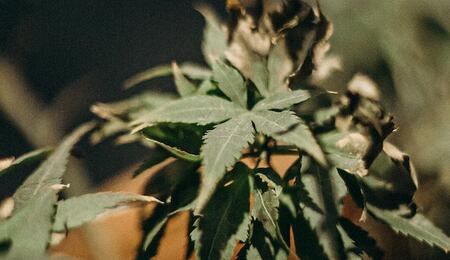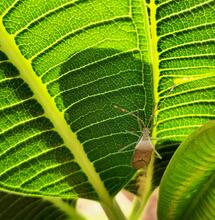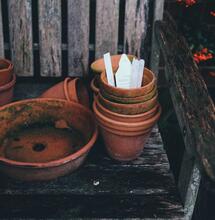Virus Present in 90% of Californian Cannabis Farms

An infectious pathogen is circulating widely in California's cannabis farms, attacking plants and growing invisibly for months before spoiling crops just as farmers prepare to harvest. Scientists believe it may currently affect over 90% of farms and potentially result in the loss of billions of dollars in damages to the national cannabis economy.
The hop-latent viroid (HLVd) was first identified in hop plants in the 1980s. Hop plants are a close relative of the cannabis plant. The virus shrivels cannabis plants, reducing their weight and how much they produce by up to 30%. The pathogen also reduces the amount of THC, thus decreasing its value.
Although this pathogen has presumably been circulating in cannabis farms for over ten years, for a long time, growers didn't know the cause of the damage as it only occurred at the end of the crop's life cycle and before harvest.
"Mother" cannabis plants are used for cuttings that are then propagated into hundreds of new plants. This means that Mother plants are prevented from reaching the later stages of the lifecycle, meaning they can continue silently spreading the pathogen for months without showing any signs of disease.
HLVd was first identified in cannabis in California in 2019 from samples taken from a Santa Barbara cultivation site. By 2021, it was believed to have spread to at least 90 per cent of the state's farms. In addition, scientists believe it has inevitably spread to other US states and as far as Europe, cementing itself as the biggest concern for cannabis growers globally, according to recent research.
All is not lost, however, as Oakland-based startup Purple Genetics, which is focused on breeding and cultivating cannabis phenotypes, recently produced and released a new HLVd test that can be executed onsite and deliver results in hours, not days. This is a breakthrough, as previous methods for identifying HLVd would involve farmers having to mail samples to labs and wait for days or weeks to obtain results.
"By the time you get the results back, you may have cut and sold that plant. So there is a real need for an onsite diagnostic test for hop-latent viroid," Ali Bektaş, CEO of Purple City.
To create this new test Purple City implied an approach called LAMP. This method gained popularity during the Covid-19 pandemic as, unlike PCR tests that require technical lab equipment and masterful technicians, it employs cheap equipment and can be operated by almost anyone. Even better, it can deliver results in just a few hours. The company now sells this technology worldwide for just $10 a test.
"We didn't just identify a great test that is accurate, but it's [also] easy to use and doesn't require a high level of expertise. You can take microbiology to the public and put it in their hands… People need this type of testing," - Luke Horst, director of business development, Purple City Genetics.
To date, HLVd-resistant cannabis cultivars have not been discovered or developed. Although tissue-cultured plants can be created guaranteed virus-free, it is essential to understand that they are not virus-resistant. Although test kits are an excellent intermediate solution, for sustainability reasons, it is crucial in the future to find a long-term solution by developing and breeding HLVd-resistant plants.



.png)







